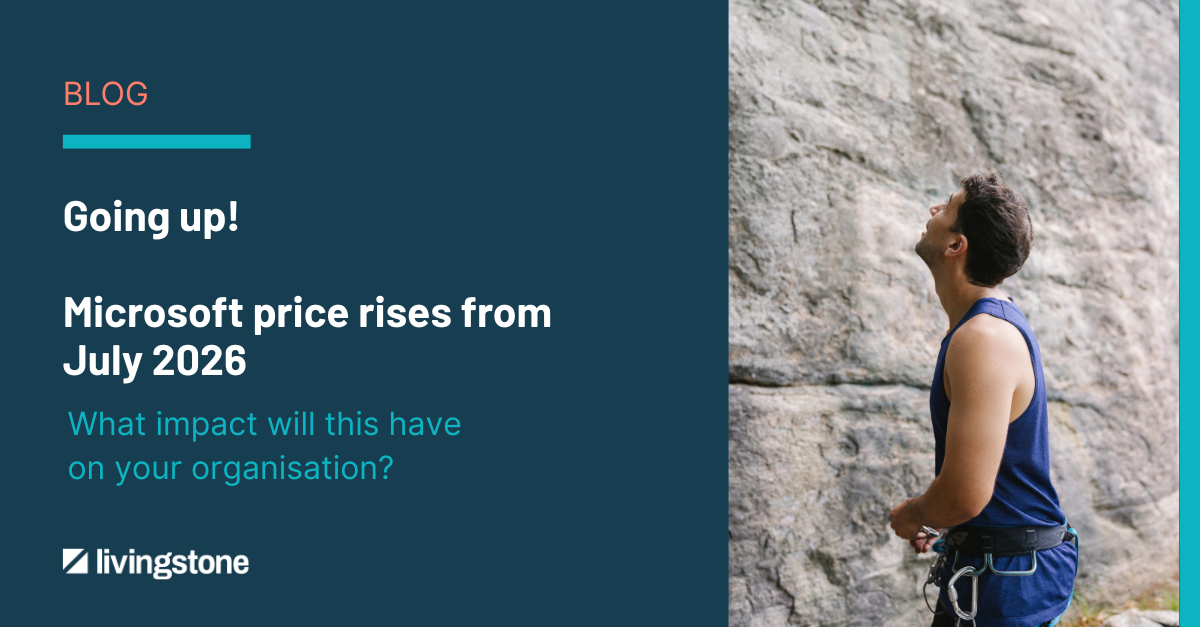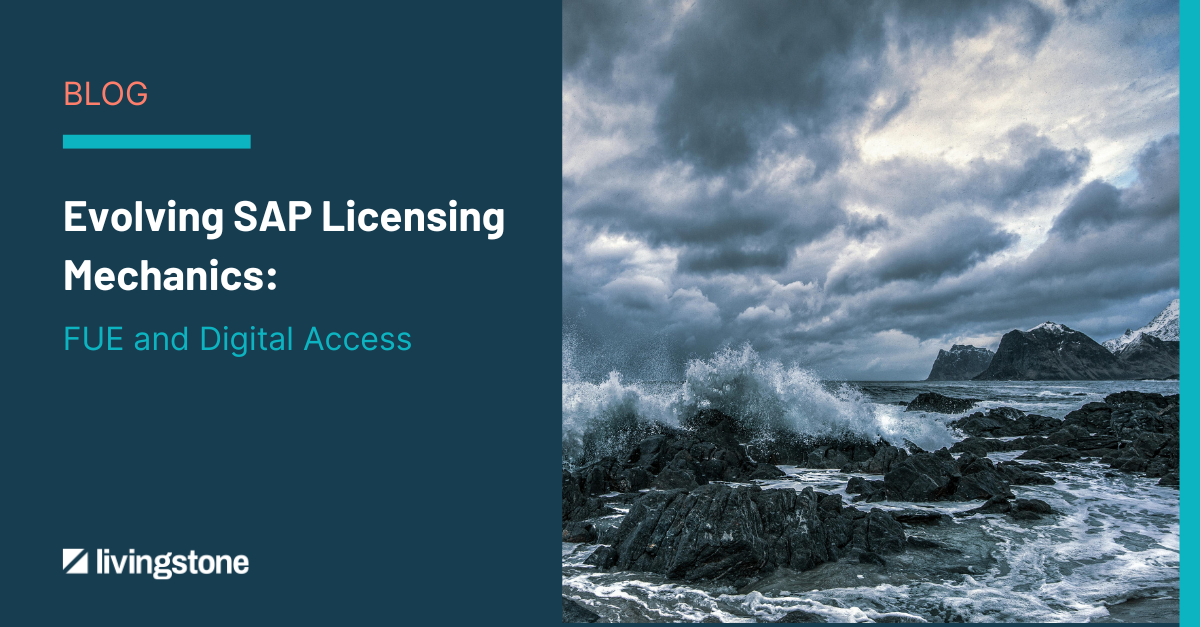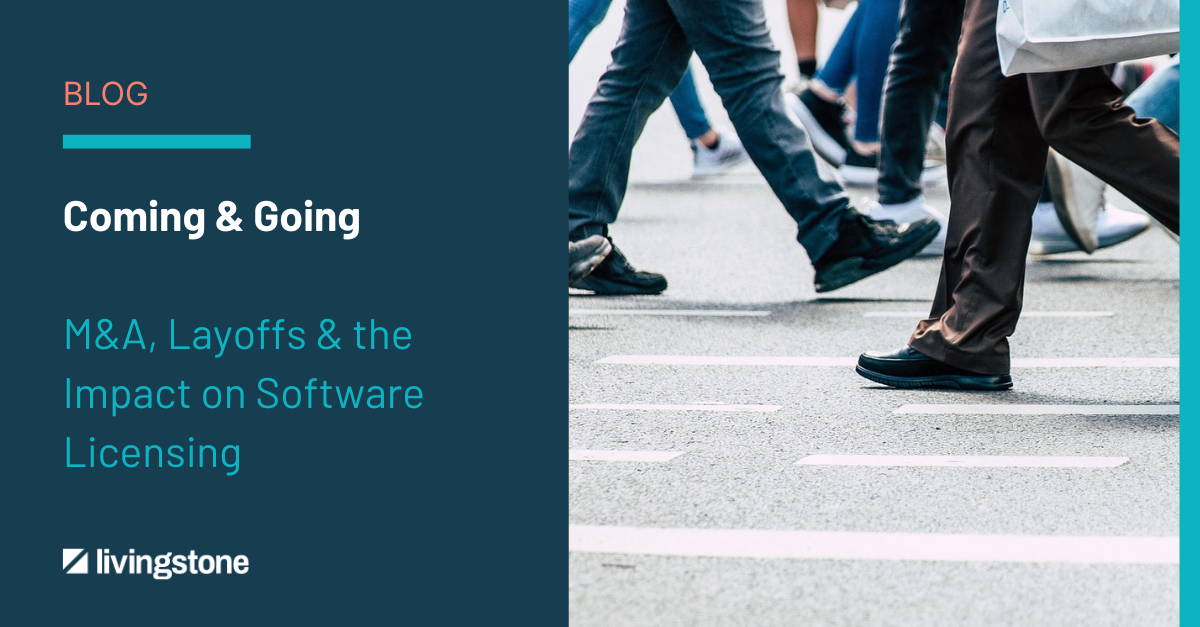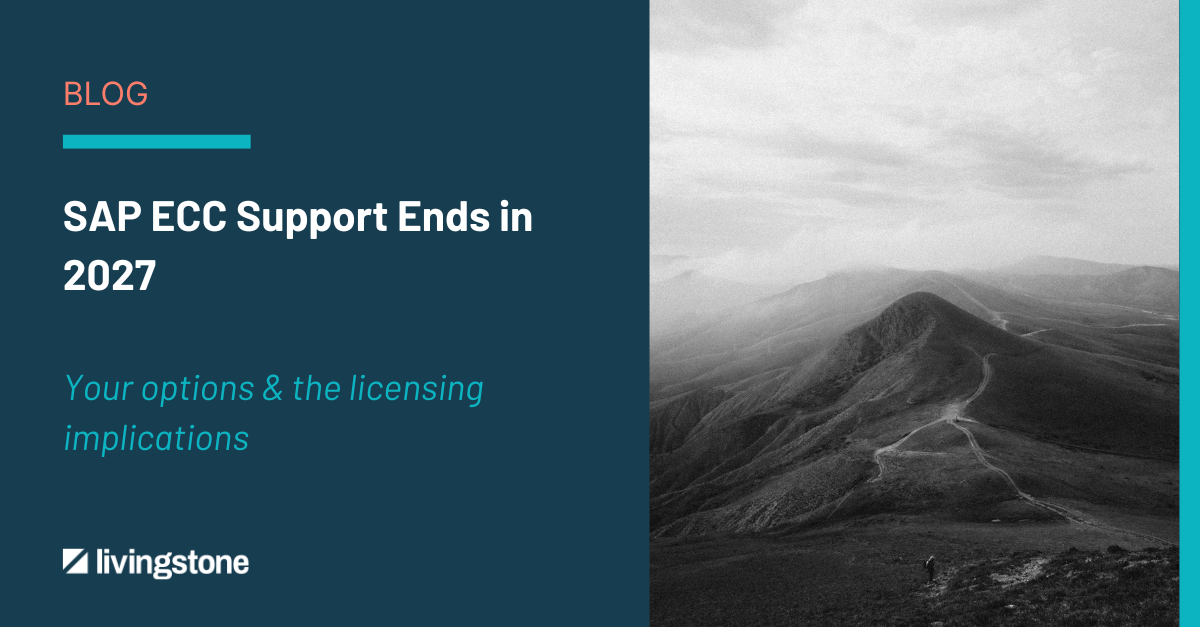A very common question which arises in the Oracle licensing world is ‘What license rules and policies are applied in a Data Recovery (DR) environment?’ This article provides the essential information related to Oracle licensing implications in DR environments and the effects of various DR setups on Oracle software licensing.

By installing and running the Oracle software in a DR environment, Oracle will require the customers to license these environments accordingly. The customer gains benefits by reducing the risks associated to loss of data in the case of a disaster event, so Oracle will charge the value obtained by using their software in such scenarios.
There are certain DR scenarios in which Oracle may not require licensing, therefore, it is important to explore and understand the details related to potential DR configurations and their corresponding Oracle license requirements.
These are the main DR deployment methods recognized by Oracle:
- Backup: saving to tape or other storage media
- Failover: specific scenario within a clustered environment
- Standby: Copying, Synchronizing or Mirroring environments
What defines a Backup DR method and what licenses are required for it?
This method refers to creating physical copies of database files using software like Oracle’s Recovery Manager (RMAN) and storing them on tape or other storage media. The backups are snapshots in time which would allow you to restore the database to the state it was in at the time the backup was created. If the primary fails, the user can restore the database from the previously stored backup.
The saved backups are not licensable until the user restores the database from them, basically creating a new database installation which becomes licensable.
Be careful to not confuse a database clone with a database backup. A clone is an installation and requires licensing, while a backup is not an installation, it is more like an archive.
Did you know…?
The testing exception is only applicable to Oracle Database products in Backup DR scenarios. It gives you the right to run the database on an unlicensed computer for up to four times, not exceeding 2 days per testing, in any given calendar year, for the purpose of testing physical copies of backups.
This right does not cover any other data recovery method, where the Oracle program binary files are copied or synchronized.
What are the specifics of a Failover DR method and when is it exempted from licensing?
Failover is an exception where Oracle does not require licensing of a single node in a clustered deployment configuration. The following architecture conditions must be met simultaneously in order for a DR environment to be considered as Failover:
- The nodes are arranged in a cluster.
- The nodes have access to one Single Storage/SAN. This means that the nodes share one logical disk array located in a single data center.
In a Failover scenario, when the primary node fails, the failover node acts as the primary node. Once the primary node is repaired, the customer must either switch back or designate that repaired server as the failover node. The primary node must be Active; the failover node must be Passive and idle when not in a Failover event.
Furthermore, the failover license exception is only applicable for 10 days, and this includes the right to run the licensed programs on an unlicensed computer in a failover environment for up to a total of ten separate 24-hour periods of time, in any given calendar year. As an example, if the failover node is down for five hours on Monday and another two hours on Wednesday, this is counted as two days. Once the failover period has exceeded ten 24-hour periods, the failover node must be licensed.
If any of the above criteria is not met, then Oracle would not consider that environment as Failover and the node would need to be licensed. It is also important to note that only one node per cluster can be exempted from licensing, even if multiple nodes are set up as Failovers.
The programs included under the Failover exception are the ones listed on the US Oracle Technology Price List.
Did you know…?
If Real Application Cluster (RAC) is used, then nodes are active at any given time, therefore a RAC solution cannot be considered as Failover and all nodes in a RAC configuration must be licensed.
What is a Copying, Synchronizing or Mirroring DR environment and how is it licensed?
In these DR environments, the data, and optionally the Oracle binaries, are copied to another storage device.
All Oracle programs that are installed and/or running must be licensed. This requirement also refers to installing Oracle programs on a DR server for the purpose of testing a DR scenario.
A very important aspect of correctly licensing these types of environments is that licensing metrics and program options on Production and DR servers must match. There are two exceptions to this rule:
- Real Application Clusters (RAC) does not need licensing on the DR server unless it is used on the DR server.
- For production servers licensed using one of the Oracle Data Management Cloud Services listed in the ‘Oracle PaaS and IaaS Universal Credits Service Descriptions’ document, only those program options in use on the production server must also be licensed on the DR server.
Did you know…?
Even if a DR server is turned off, all processors where the Oracle programs are installed and/or running require licensing. This is based on the Processor definition included in the OLSA/OMA. If the Oracle program is installed on the DR server, this constitutes a licensable event.
Learn more about Oracle licensing
We've collated Oracle-focused learning materials spanning Java, ULAs and more. Access them here.
Or get help from Livingstone.
About the Author
Alex Ionescu is a senior consultant at Livingstone. He has deep knowledge of Oracle having previously worked in Global Licensing and Advisory at Oracle.




